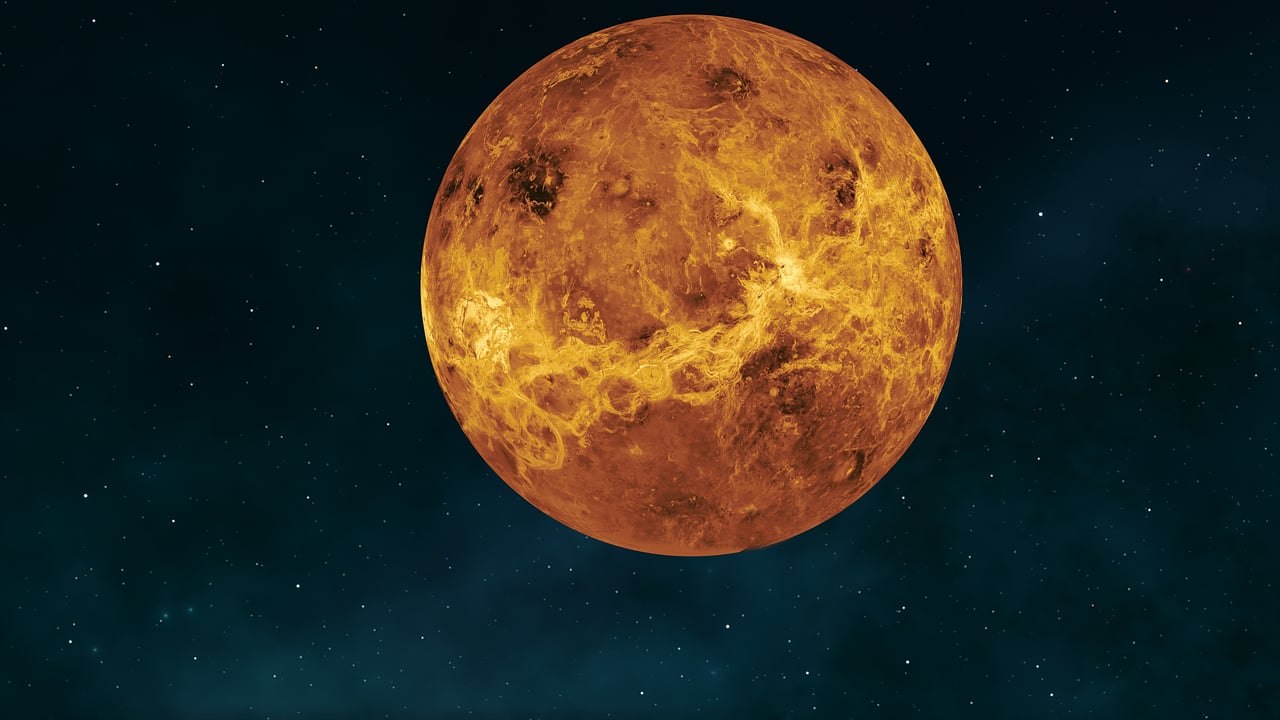
Vocabulary:
- sinuous /SIN-yoo-uhs/
- terrain /tuh-REYN/
- grasp /grasp/
- trajectory /truh-JEK-tuh-ree/
- atmospheric /at-muhs-FER-ik/
[adjective] – moving in a twisting, curving, or indirect way, or having many curves
The river followed a sinuous path through the valley, winding gracefully between
the hills.
[noun] – an area of land, when considering its natural features
The hikers navigated the rugged terrain carefully, climbing over rocks and through
dense forests.
[noun] – understanding or comprehension of something
His grasp of quantum physics allowed him to contribute significantly to the latest
research findings.
[noun] – metaphorically refers to the expected paths or courses of development and
evolution that are anticipated to occur over time
The company’s new marketing strategy aims to shift its trajectory toward sustainable
growth in the next decade.
[adjective] – relating to the air or to the atmosphere
The scientist conducted research on atmospheric conditions to understand their impact
on global climate patterns.
Article reading:
A detailed examination of radar data revealed linear features and sinuous patterns in the lava flows, indicating their directional flow corresponding to the slopes of the terrain. The study highlights the significance of advanced technology in analyzing Magellan’s data, which extensively mapped Venus’ surface. Researchers believe these findings deepen the grasp of Venusian geology and its ongoing geological activities. They anticipate that upcoming NASA and European Space Agency missions will offer additional insights into the contrasting developmental trajectories of Venus and Earth, despite their similar characteristics. This understanding of Venus’ volcanic activity also enhances knowledge of planetary thermal evolution, surface dynamics, and atmospheric interactions, crucial for comprehending its extreme environmental conditions.
Discussion Questions:
- Can you recall any recent discoveries in science that surprised you? If so, what were they? If not, what kind of discoveries would you find most surprising?
- Have you ever explored topics related to planetary geology in your studies or personal interests? If yes, what aspects fascinated you the most? If not, what aspects of planetary geology would you be interested in exploring?
- Do you agree that exploring Venus’ volcanic activity can provide insights into the thermal evolution and surface dynamics of planets?
- How might the recent findings about Venus’ volcanic activity influence future space exploration missions?
- What might be some challenges scientists face when analyzing data gathered from spacecraft exploring distant planets?
Summarization
Describe:
- eruption
- spacecraft
- astronomy
- geology
- hemisphere